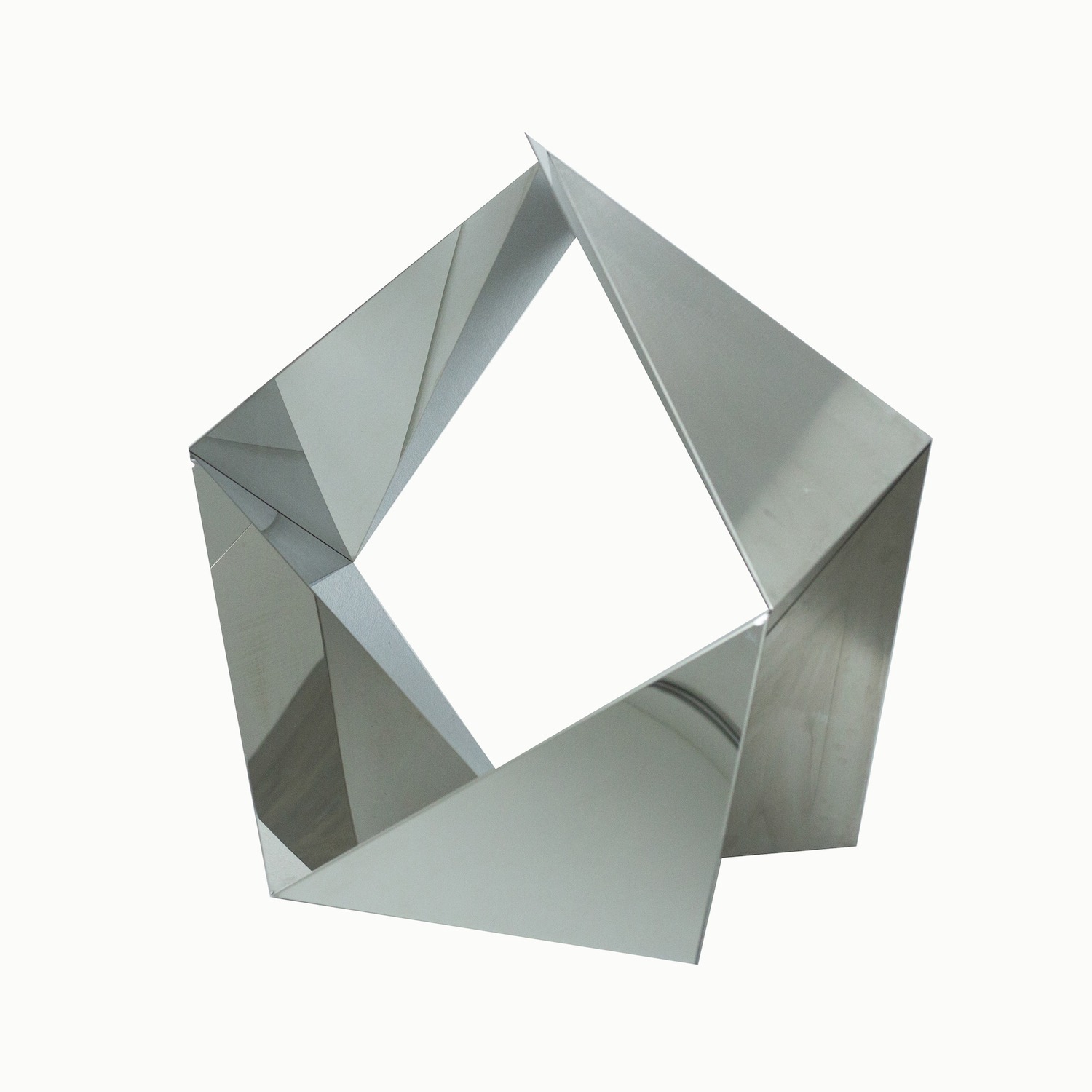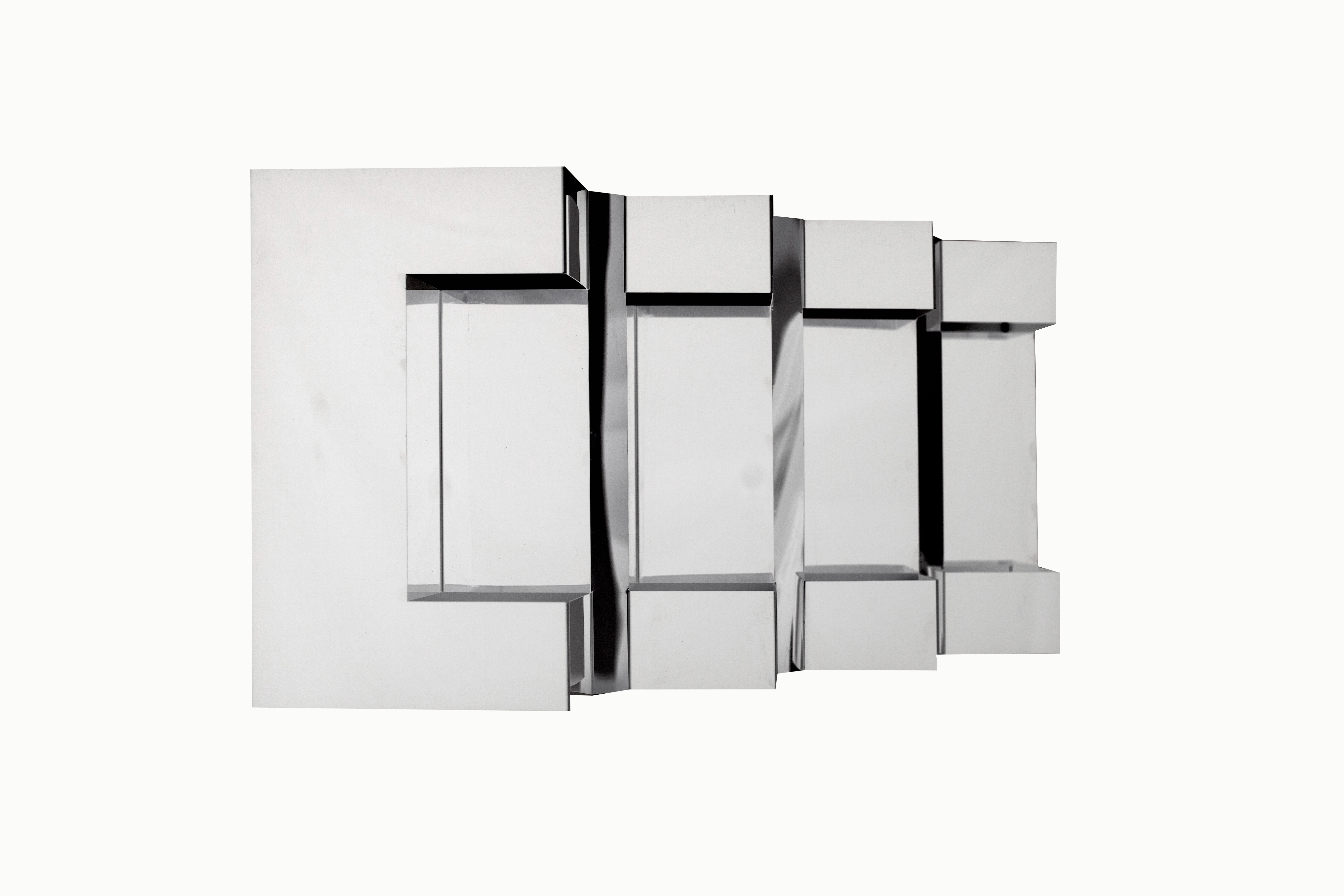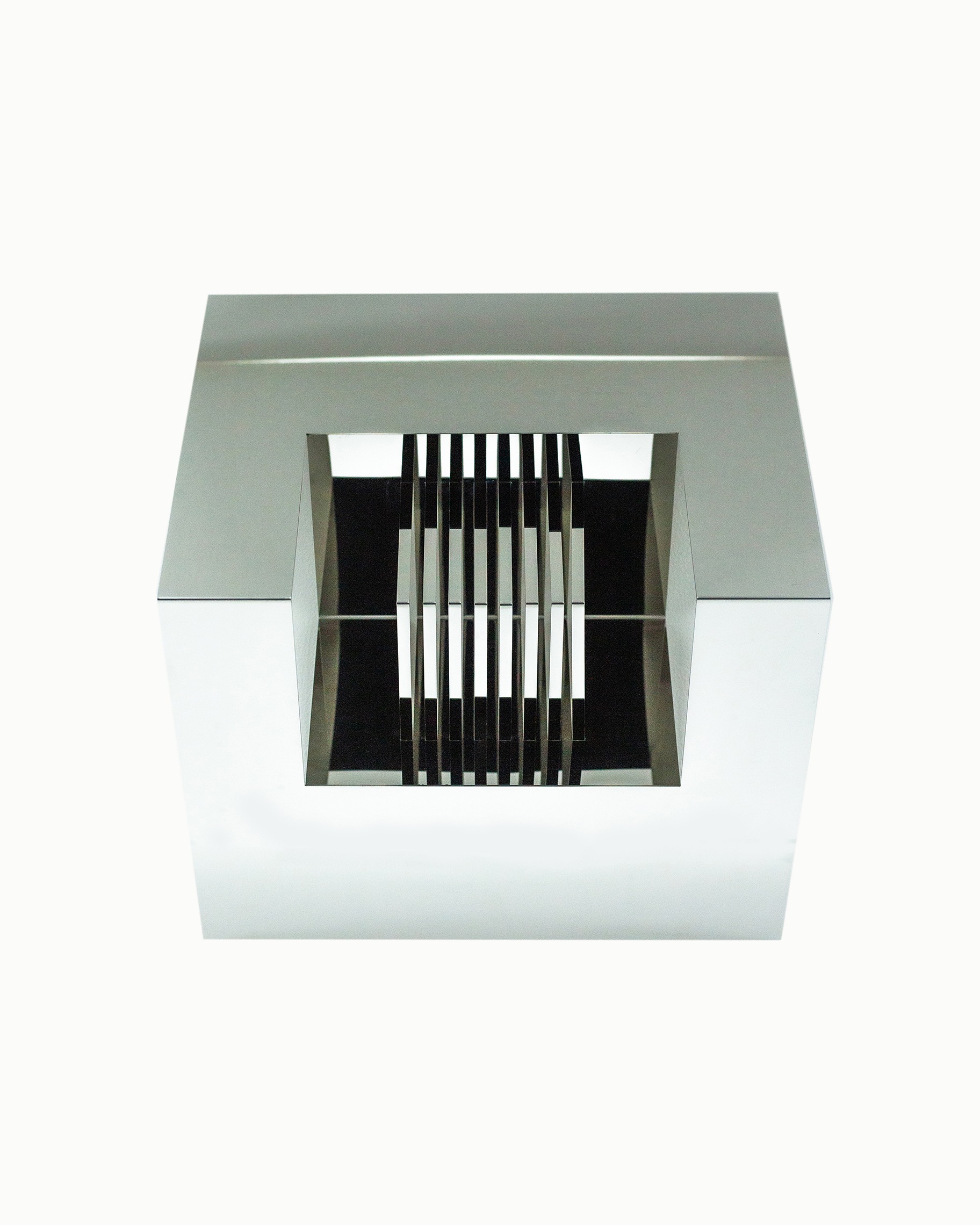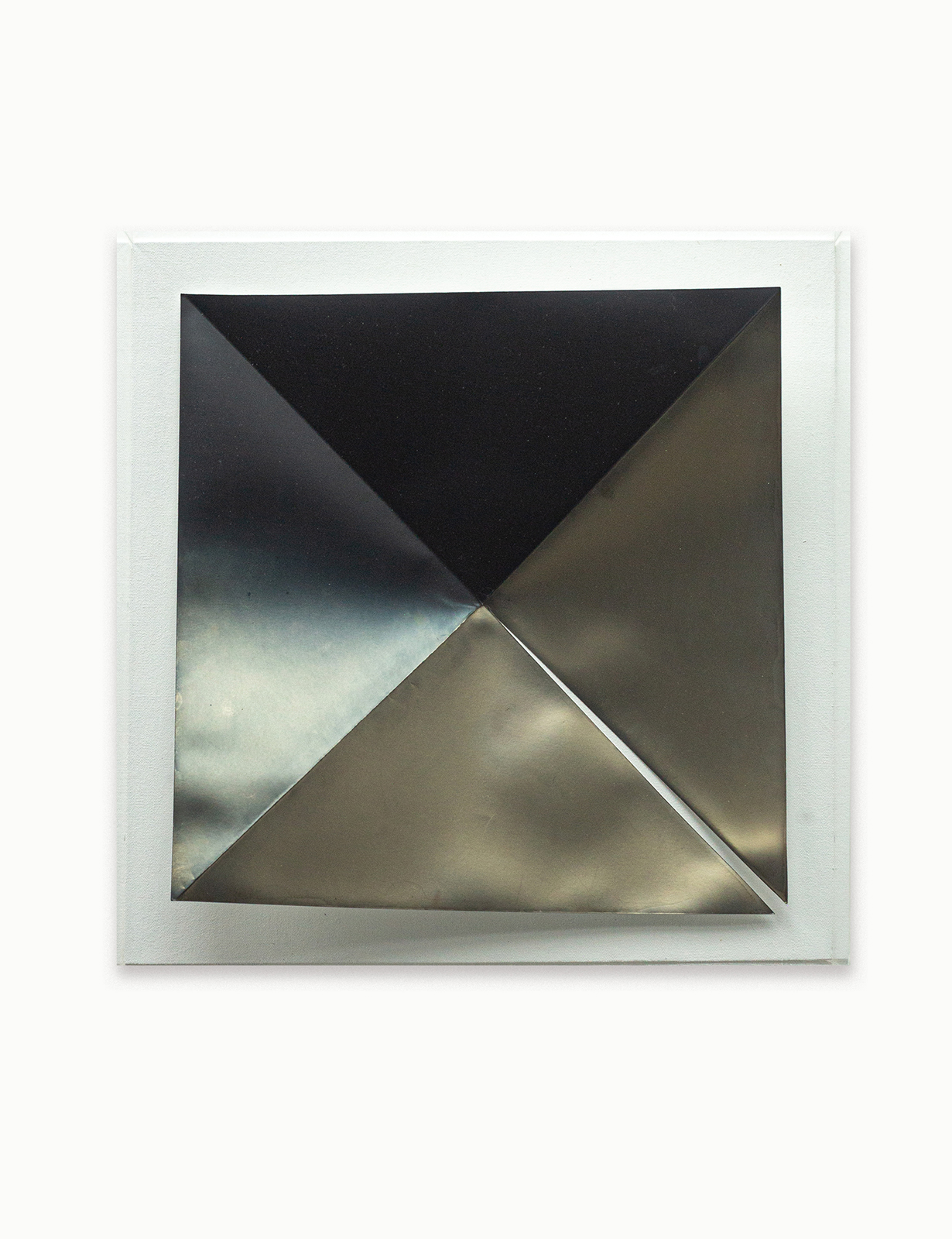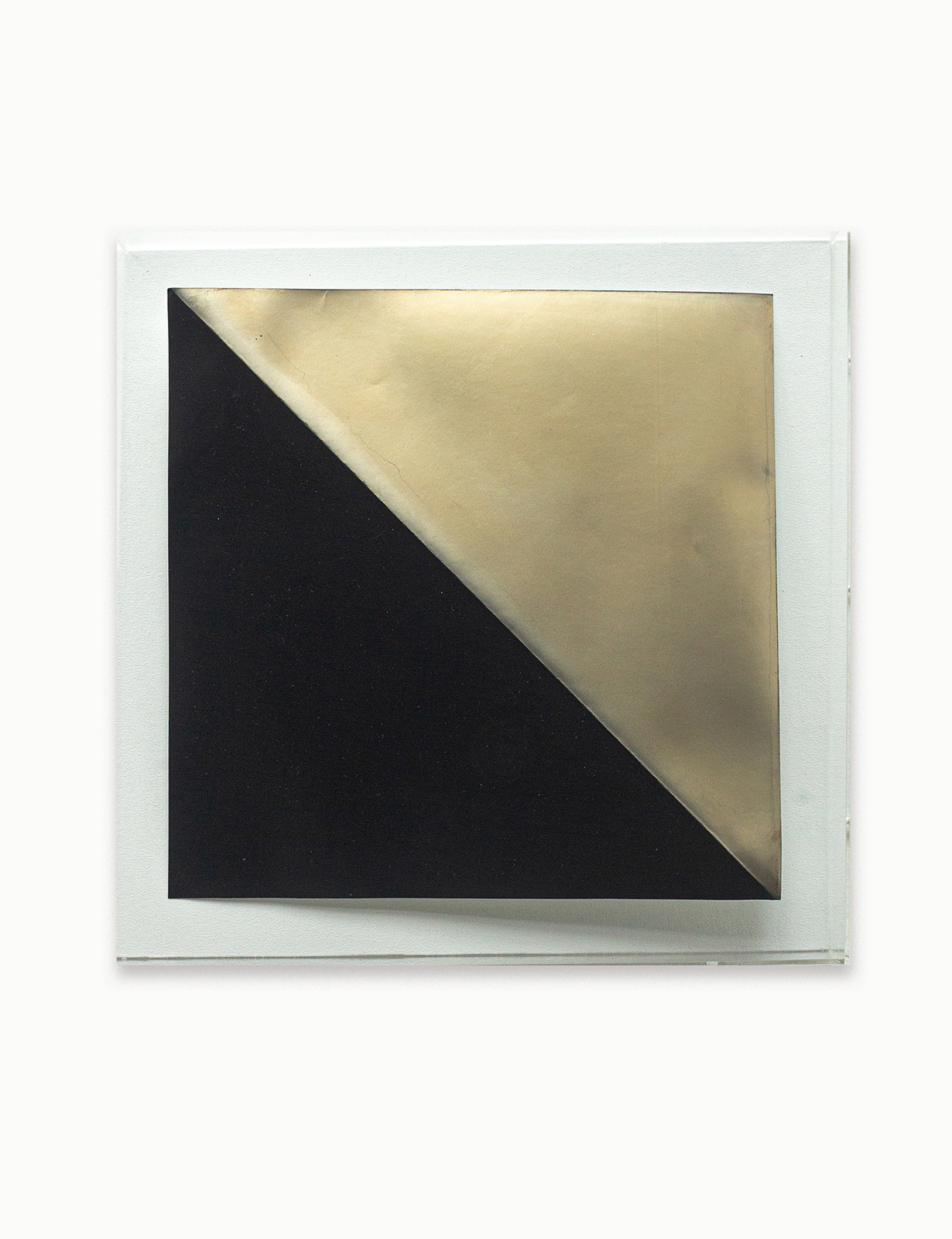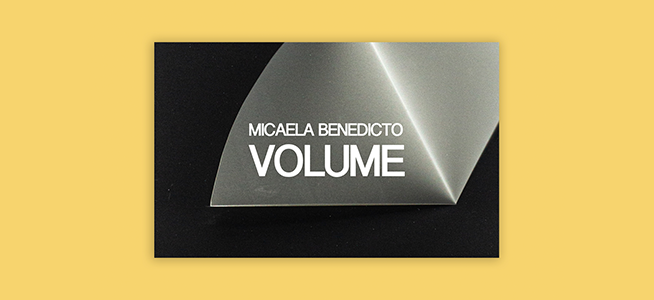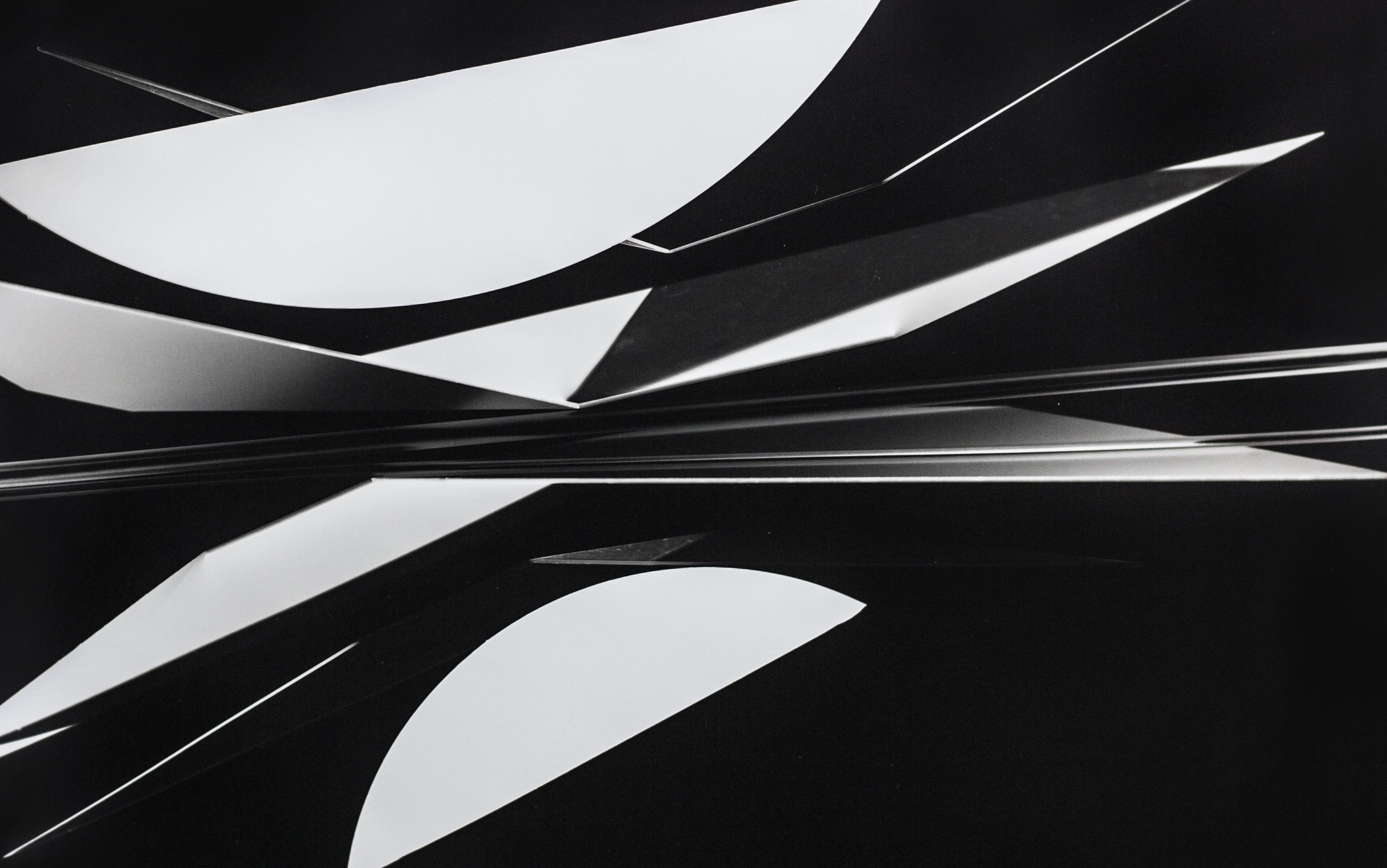
About
Micaela Benedicto’s latest exhibition, Volume, extends the artist and architect’s exploration of the spatial dimensions of memory, loss, and absence. Working at the intersection of photography and sculpture, Benedicto exploits the alchemical properties of metal and paper to construct pieces that register never-to-be-completed processes of becoming and ruination. Such processes—presented through cuts and folds, screens and mirrors—necessarily produce gaps and distortions. In Volume, these trace-effects not only demonstrate how matter itself forgets and remembers, but how new forms are generated by objects that serve as records of time’s passage.
As the title of the exhibition suggests, however, Benedicto is especially interested in how space is occupied by both material and immaterial elements. The term “volume” draws our attention to the way forms can be constituted by voids and hollows as much as by solid and visible matter. The exhibition builds on this notion. It asks: What if we thought of nothing or nothingness as having material properties? What would it mean to capture what is not there, to render loss as matter, to give the void weight and shape? Can absence be made to appear, and if so, what would it look like and how would it change the way we perceive and inhabit space?
To address such questions, Benedicto experiments with the production of photographs that have no proper subjects. Wanting to see what appears when one abandons the understanding of photography as a representational medium, she exposes photosensitive paper by itself to a localized light source using the photogram method. To make the effects of this procedure apparent, the paper is cut and folded into three-dimensional forms prior to exposure and then disassembled once the photograph is captured. The resulting photograph is both less than and more than a picture or image. It represents no thing yet serves as a physical remainder of an event that has transpired: the transformation undergone in and by the void of the blank page alone. Volume presents this transformation as the process of the void becoming form, if not the revelation of the form that the void always already was. Correspondingly, the exhibition reimagines the photograph as a sculptural piece that evokes the architecture of an originary moment, a relic that evidences the prior presence of a photographic subject that never existed.
Benedicto extends this proposition further in a series of photograms which, in addition to the above procedure, have also been altered through chemical toning. The resulting pieces acquire reflective properties that allow viewers to see what appear to be unfinished or still developing images of themselves and their surrounds. As with Benedicto’s other photograms, the void, the blank page, here takes the form of photograph-cum-sculptures that are non-representational and that possess no content. However, by re-emerging with a mirrored surface, these pieces also suggest that the void or the void-made-form is able to gaze back at the viewing subject, confronting her with an uncanny reflection of herself as inchoate—as informe or formless. Moreover, this series also includes works that have acquired the patina of age. A product of the same chemical procedure, this aging effect suggests that the generation and degeneration of forms can be coterminous or difficult to distinguish. Images that appear to be setting—including images of our selves—may actually be in the process of vanishing, just as novel objects might emerge, out of nowhere and from nothing, and already be in states of ruin.
The questions raised by the photograms regarding the visual appearance of voids and their material effect on our perception of space also animate Benedicto’s approach to metal sculpture. On one level, the pieces in Volume are constructed to demonstrate how gaps themselves take space. Works characterized by parallel vertical cuts, for instance, are bent and folded to create protrusions and peeling effects that lend even individual sheets dimension or are layered to produce shifting shadows that are themselves presented as part of the sculpture’s form. Benedicto’s extensive use of mirror steel, however, means that the sculptures also introduce dimension in ways that exceed physical space. Offering glimpses of other times and spaces, slatted works produce trails of reflections for passing viewers; an accordion-style piece turns a section of the room into a series of replicate corners; the folded plains of a punctured structure provide several, fragmentary mirror images of the viewer and the exhibition space. Multiplying and reordering images of their surrounds, the sculptures show that present reality is not identical to itself and that any given environment is always already split by voids and absences that can be made to appear, if only partially.
Words by Bobby Benedicto
Micaela Benedicto (b.1977) is an architect, artist, and musician living and working in Manila.
Her ongoing work in visual art examines the ambiguities of space, memory, and loss, working with three-dimensional constructions and photograms to explore these relationships. She began exhibiting in group shows in 2010 and in solo shows in 2013.
She has been a practicing architect from 2004 to the present, setting up her company MB Architecture Studio in 2008. Her architecture work has been published on Wallpaper magazine (UK), BluPrint, and L’Officiel.
Her work in music (as part of Outerhope) has been published under Terno Recordings, Number Line Records, and Shelflife Records (US), from 2005-2018. A new music project will be released in 2021
Bobby Benedicto is Assistant Professor in the Department of Art History and Communication Studies at McGill University. He is the author of Under Bright Lights: Gay Manila and the Global Scene (University of Minnesota Press, 2014). His current book project, Fatal Sex, examines the aesthetics of death in twenty-first century queer art and media.
Works
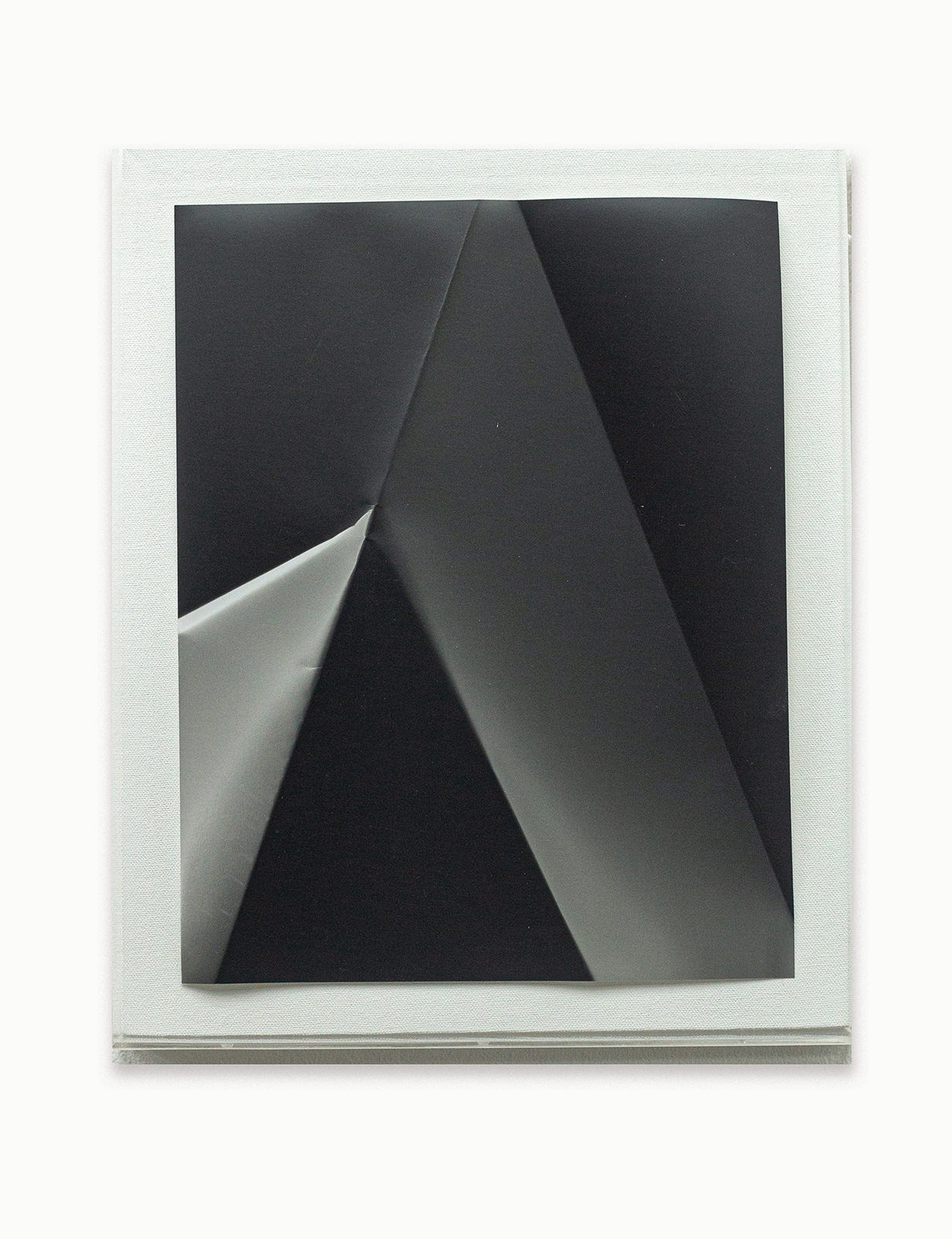
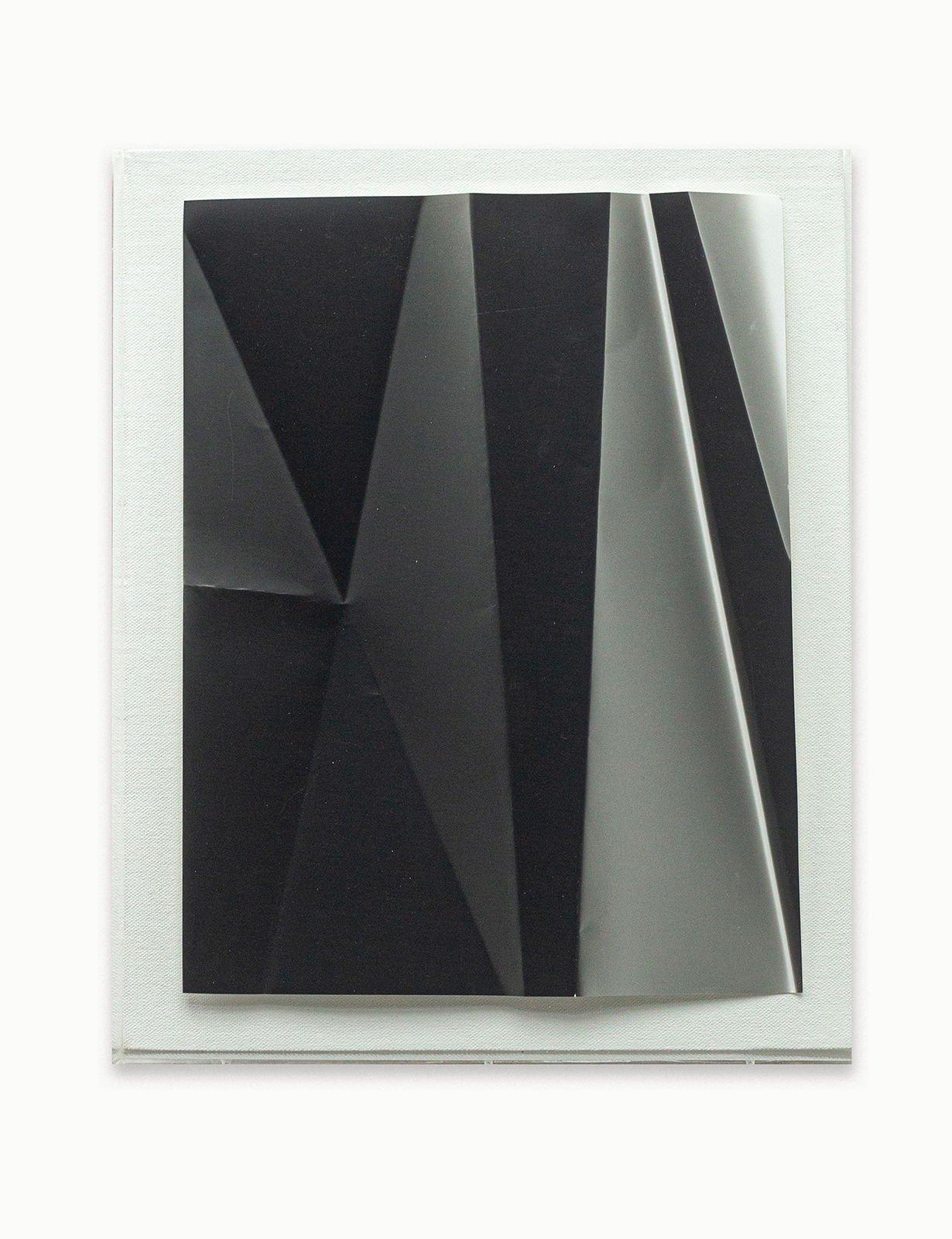
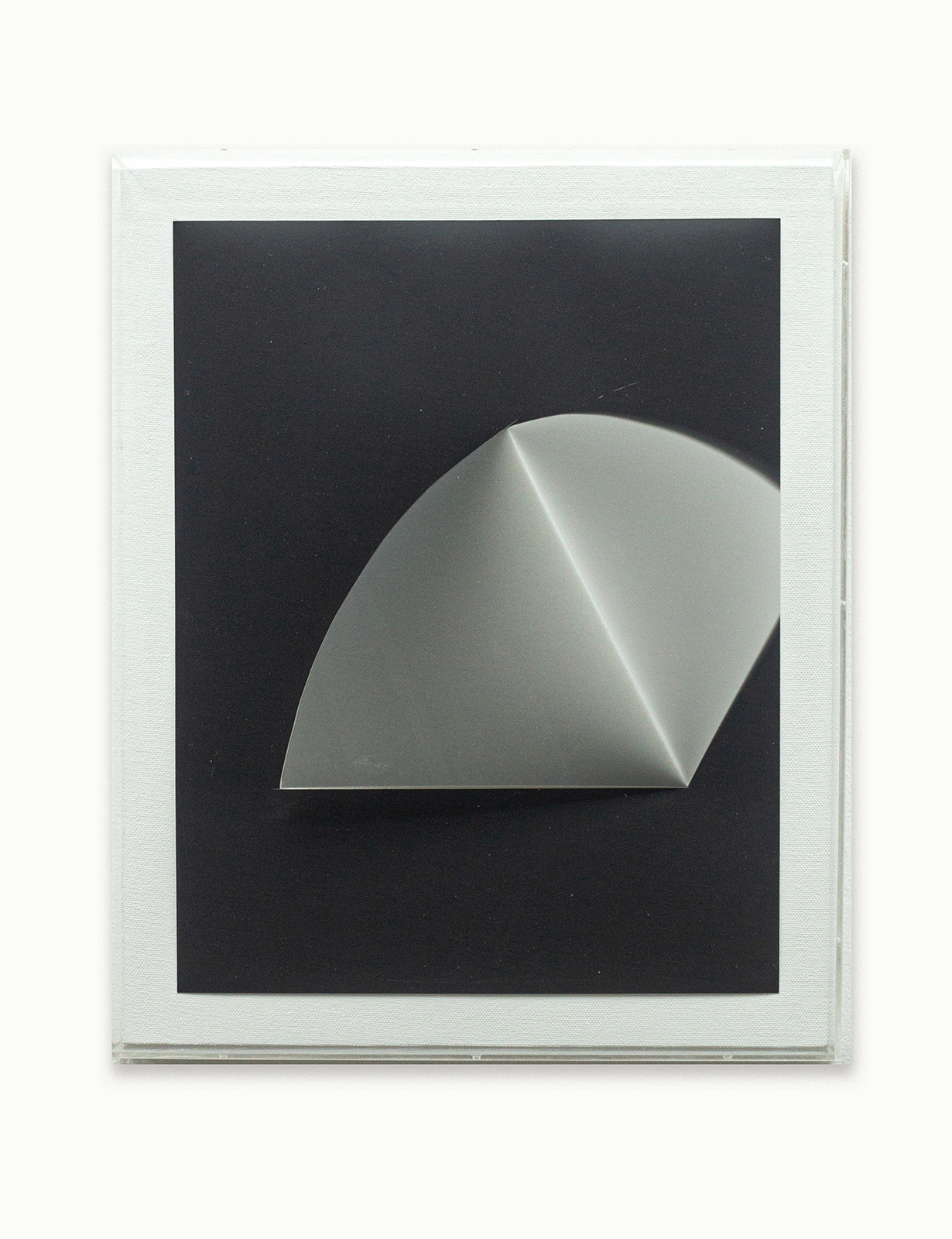
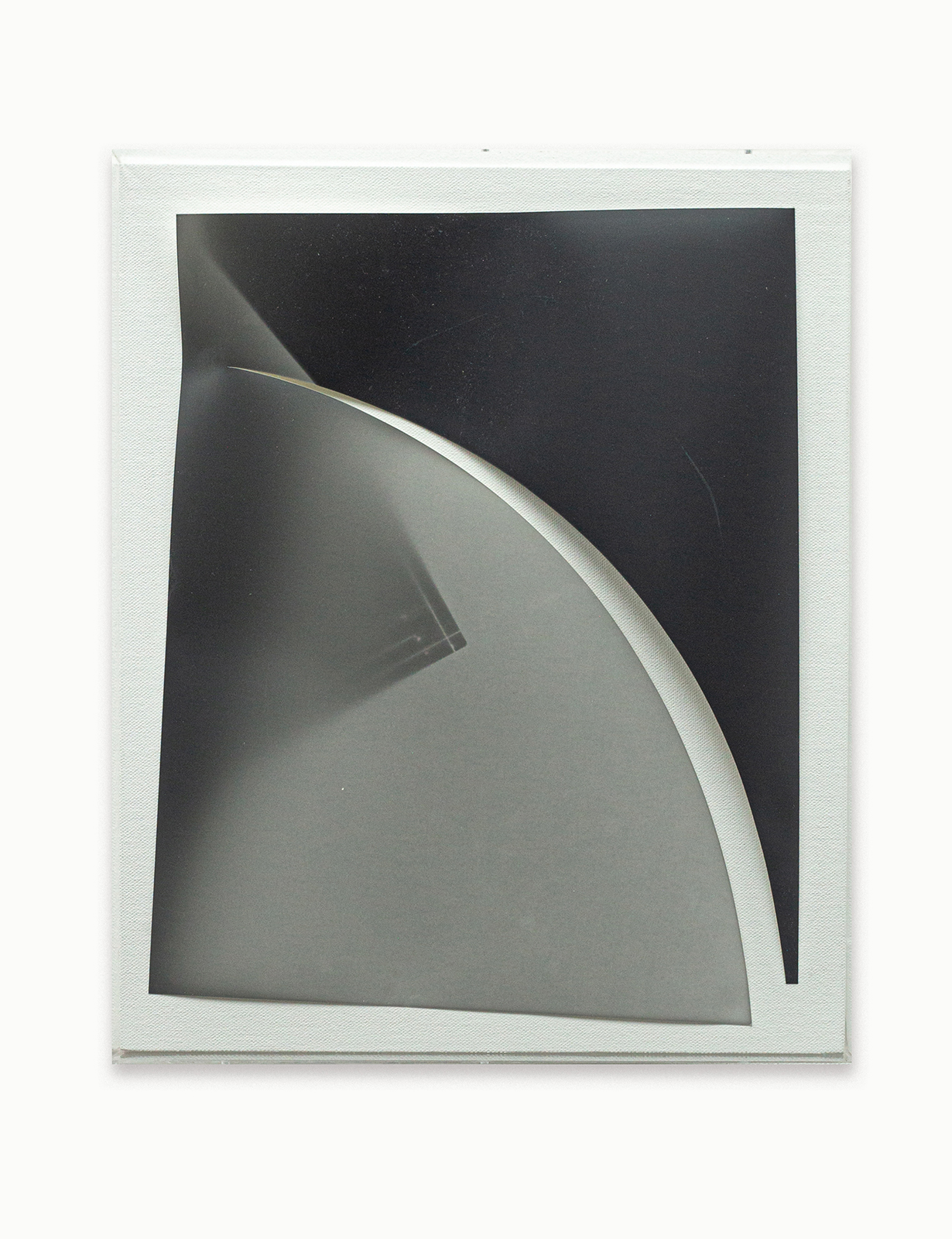
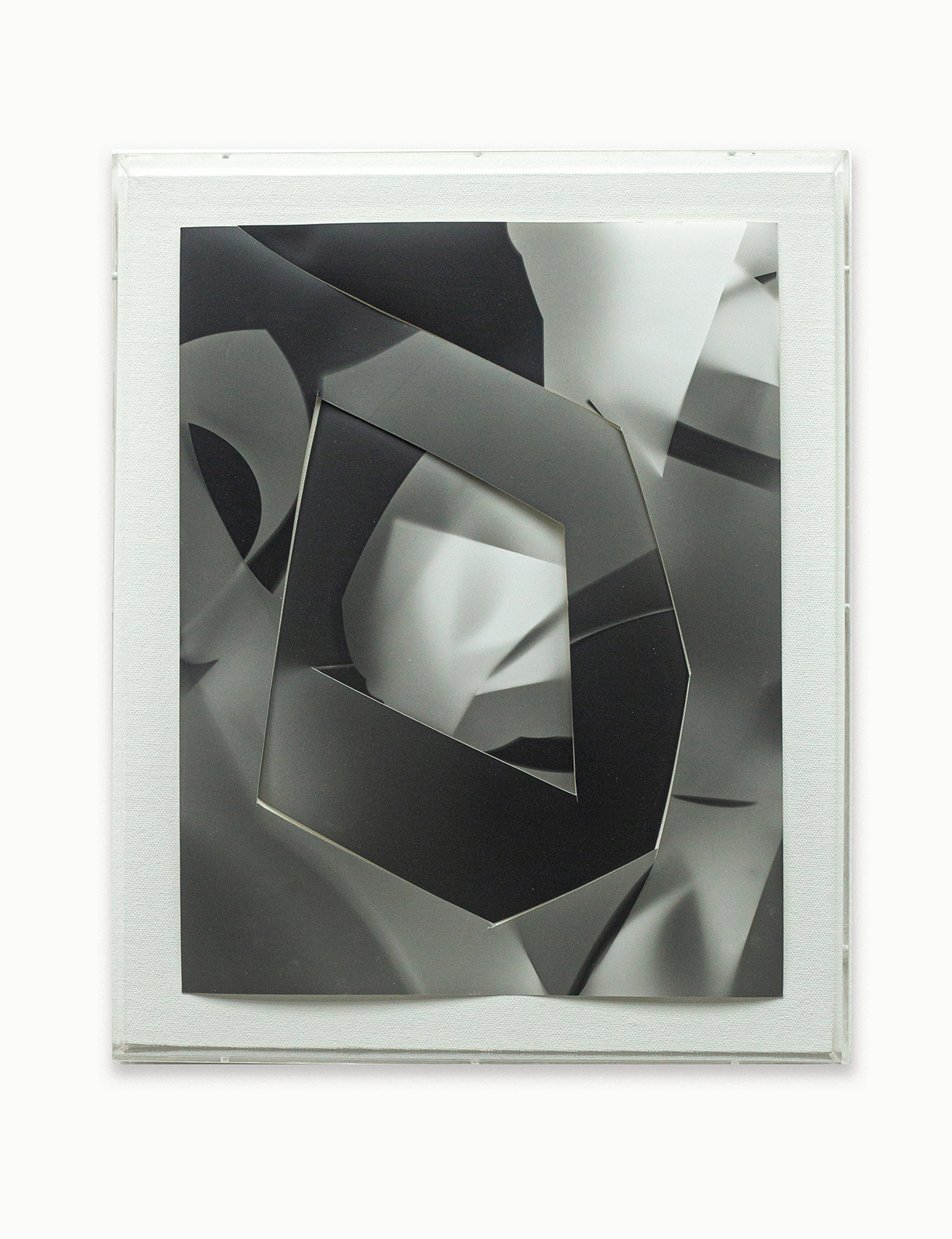
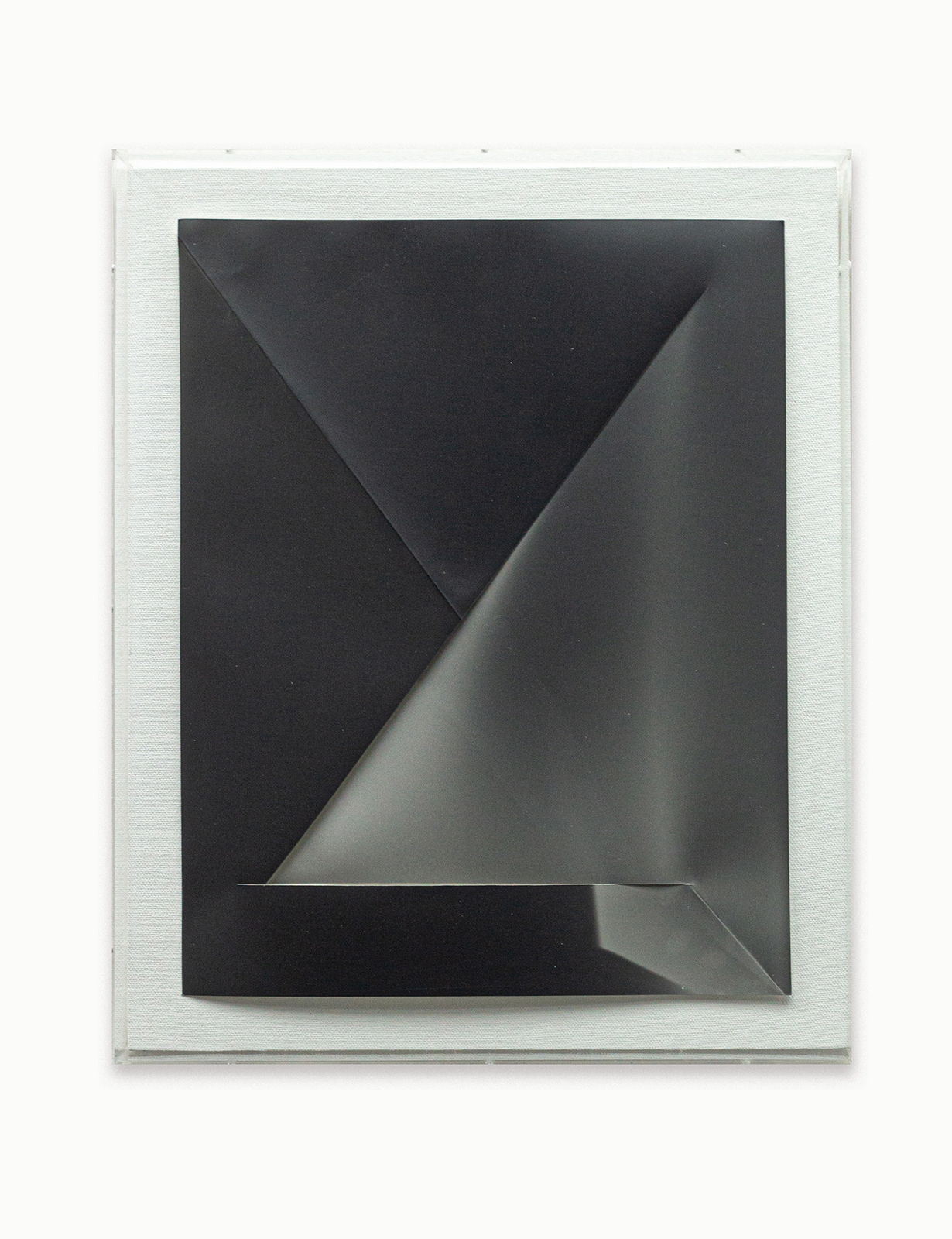
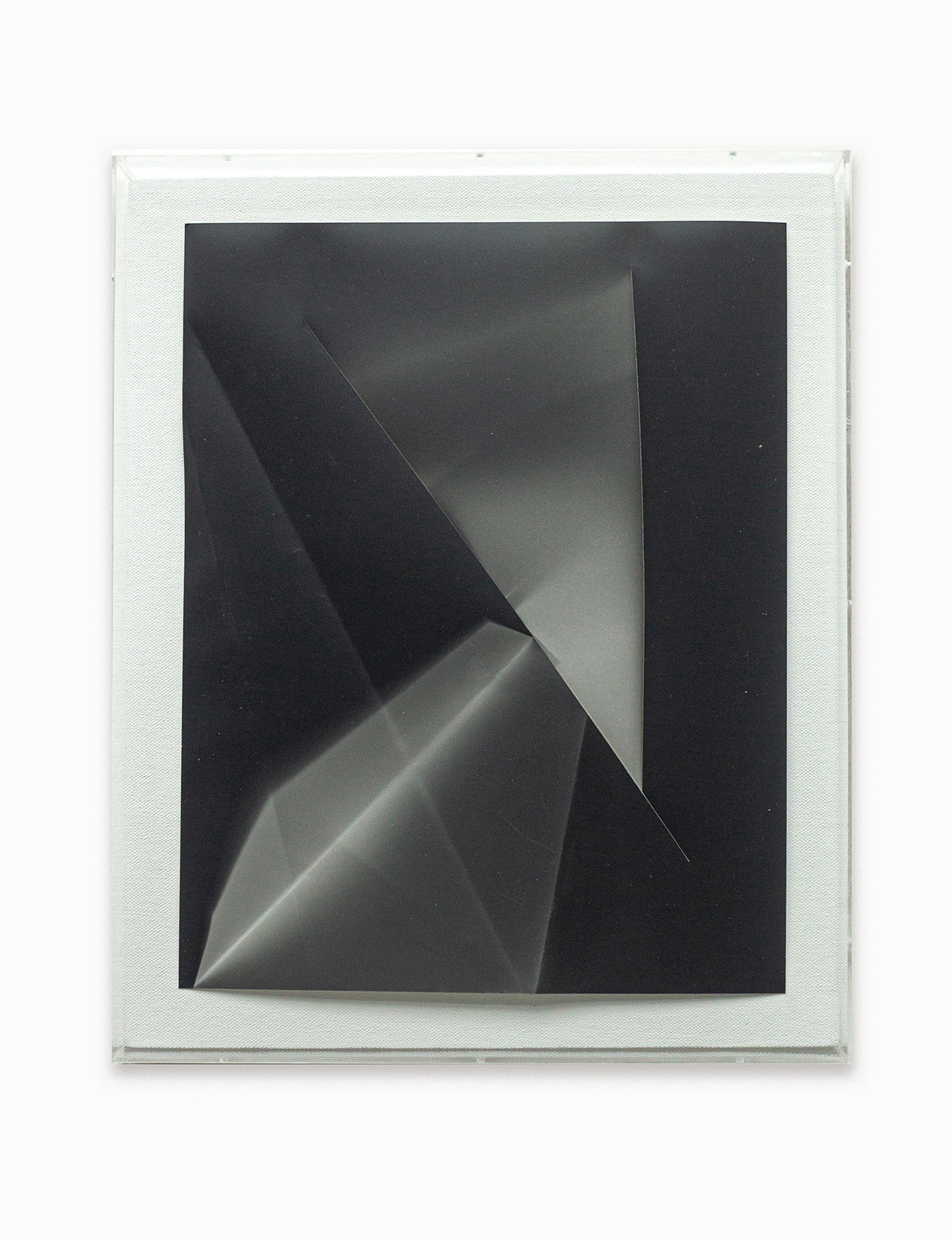
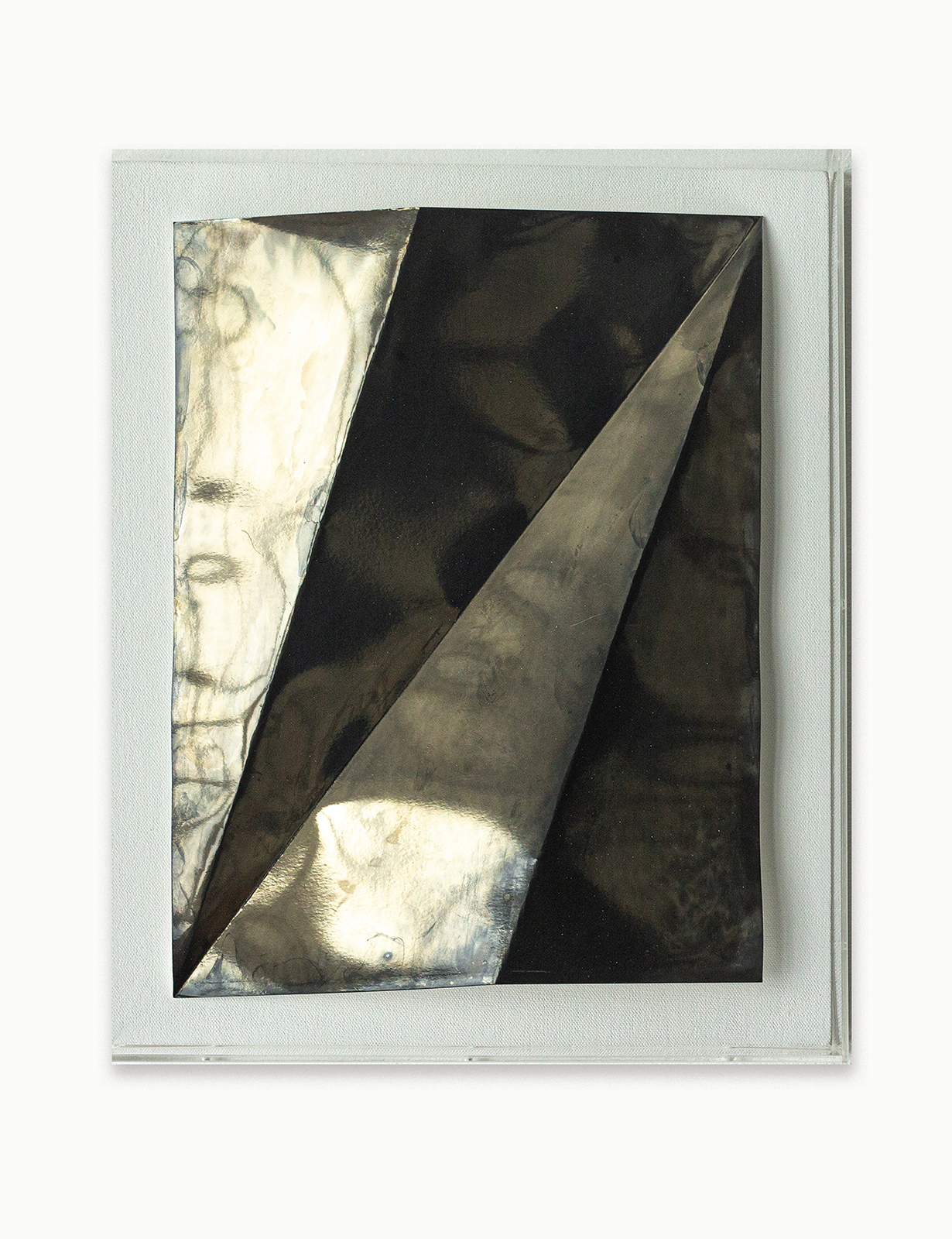
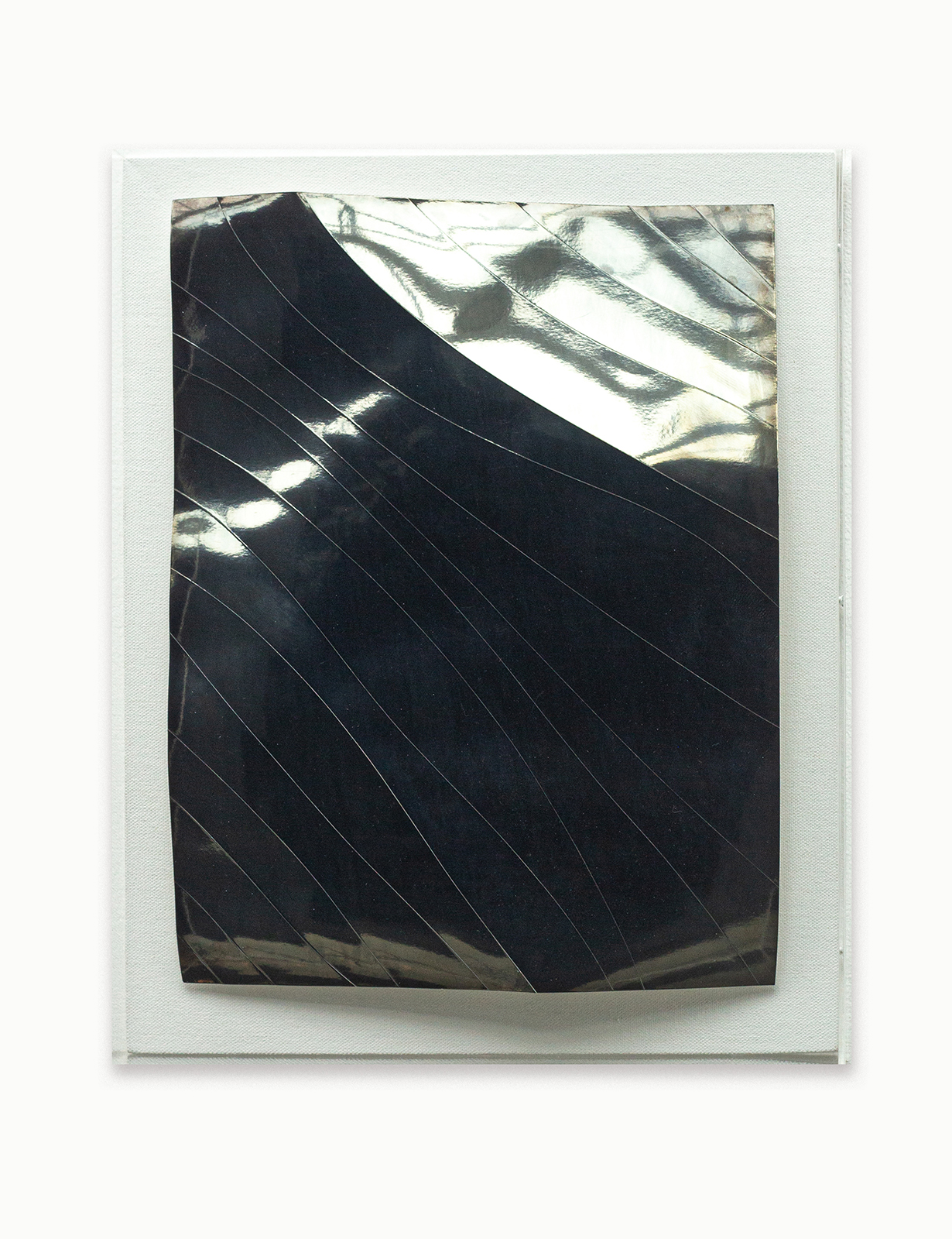
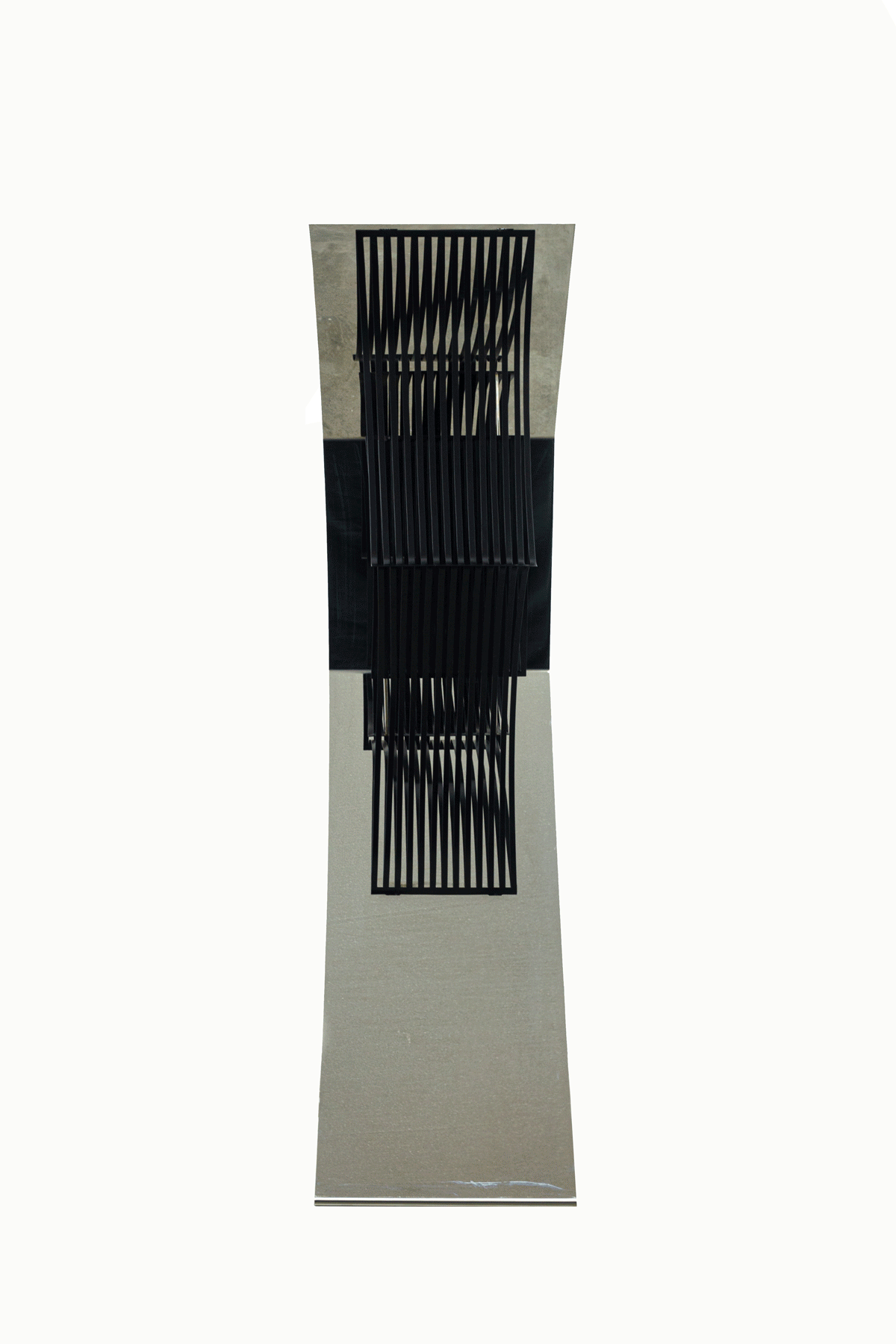
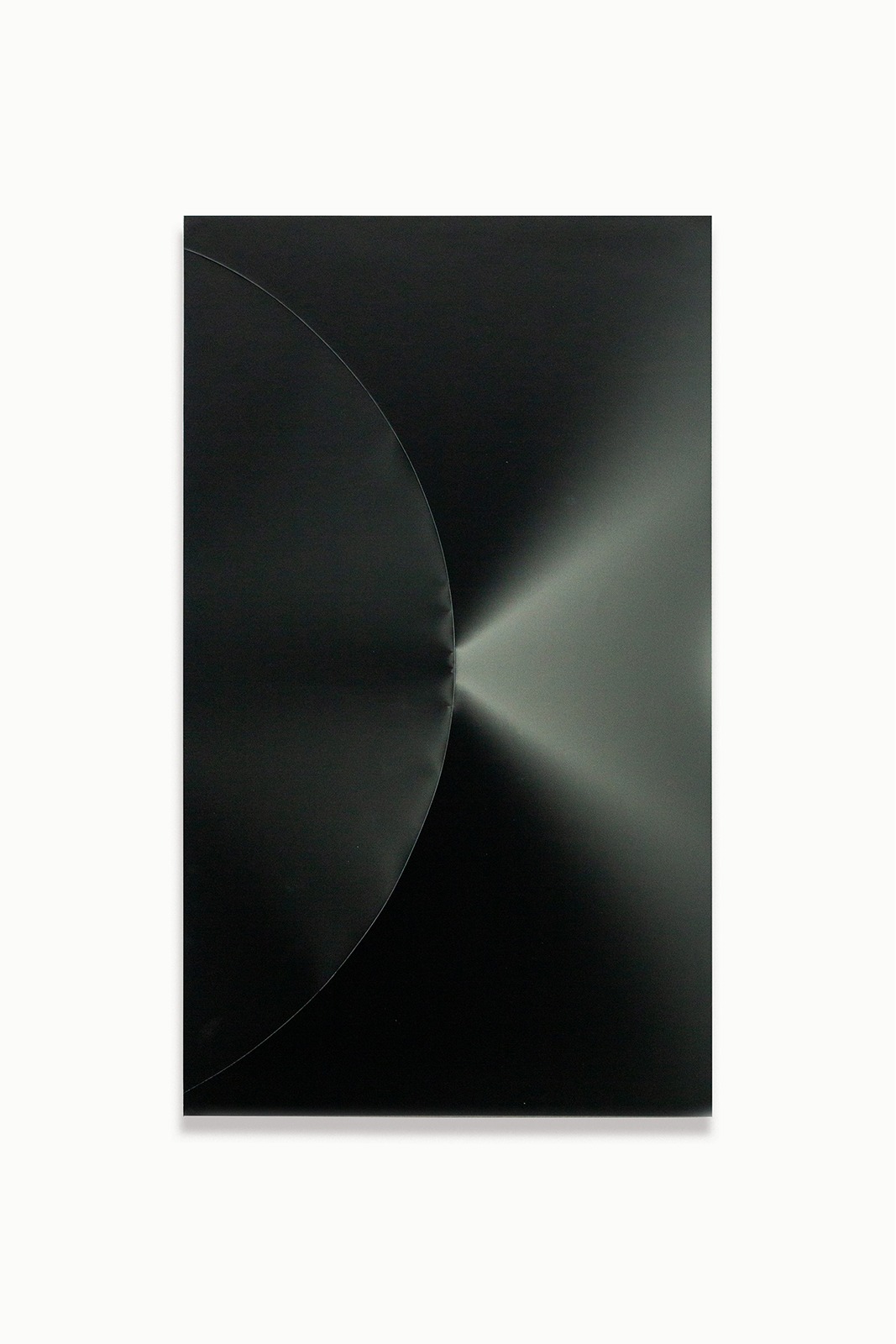
sold as set with Relic 9 and Relic 10
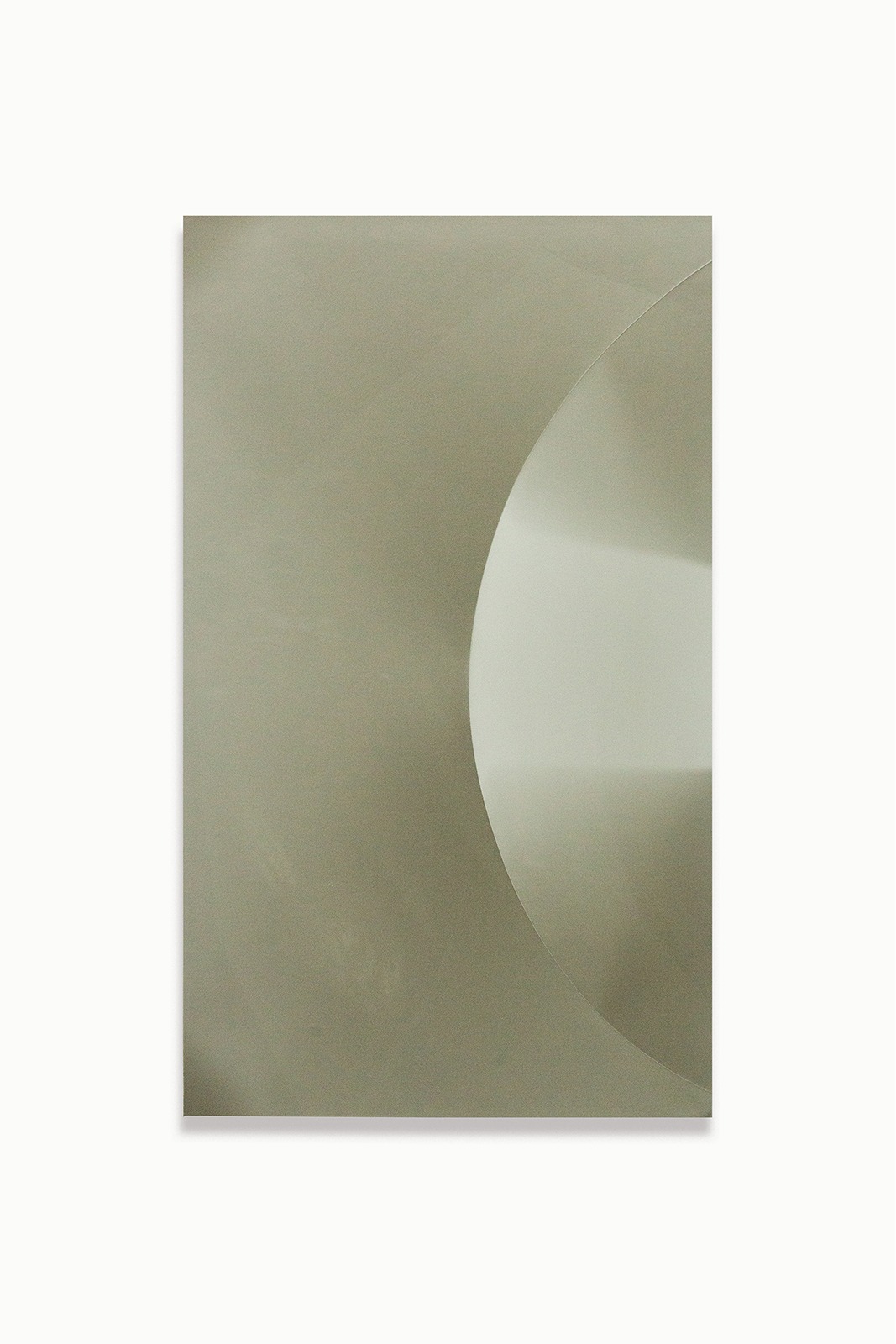
sold as set with Relic 8 and Relic 10
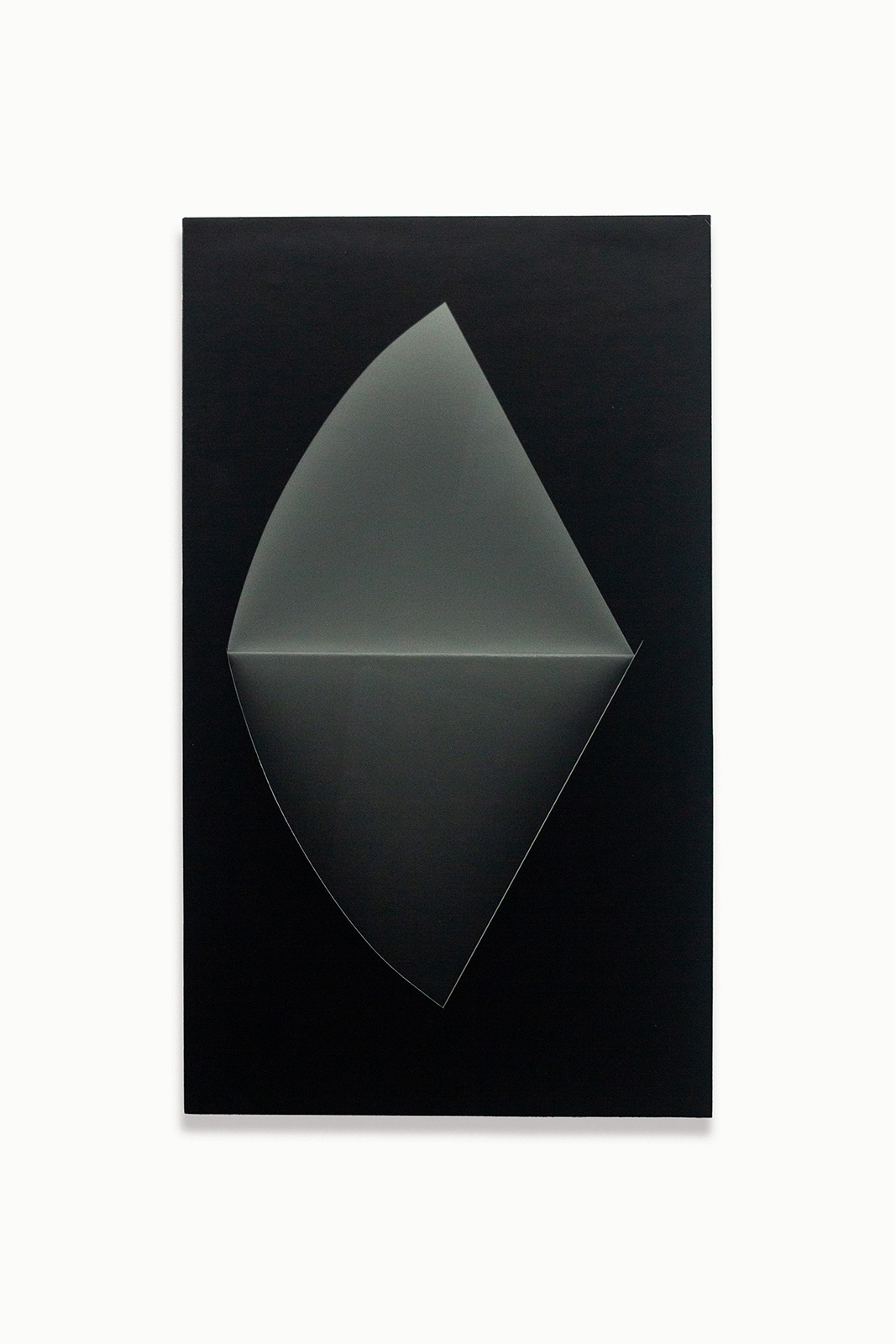
sold as set with Relic 8 and Relic 9
